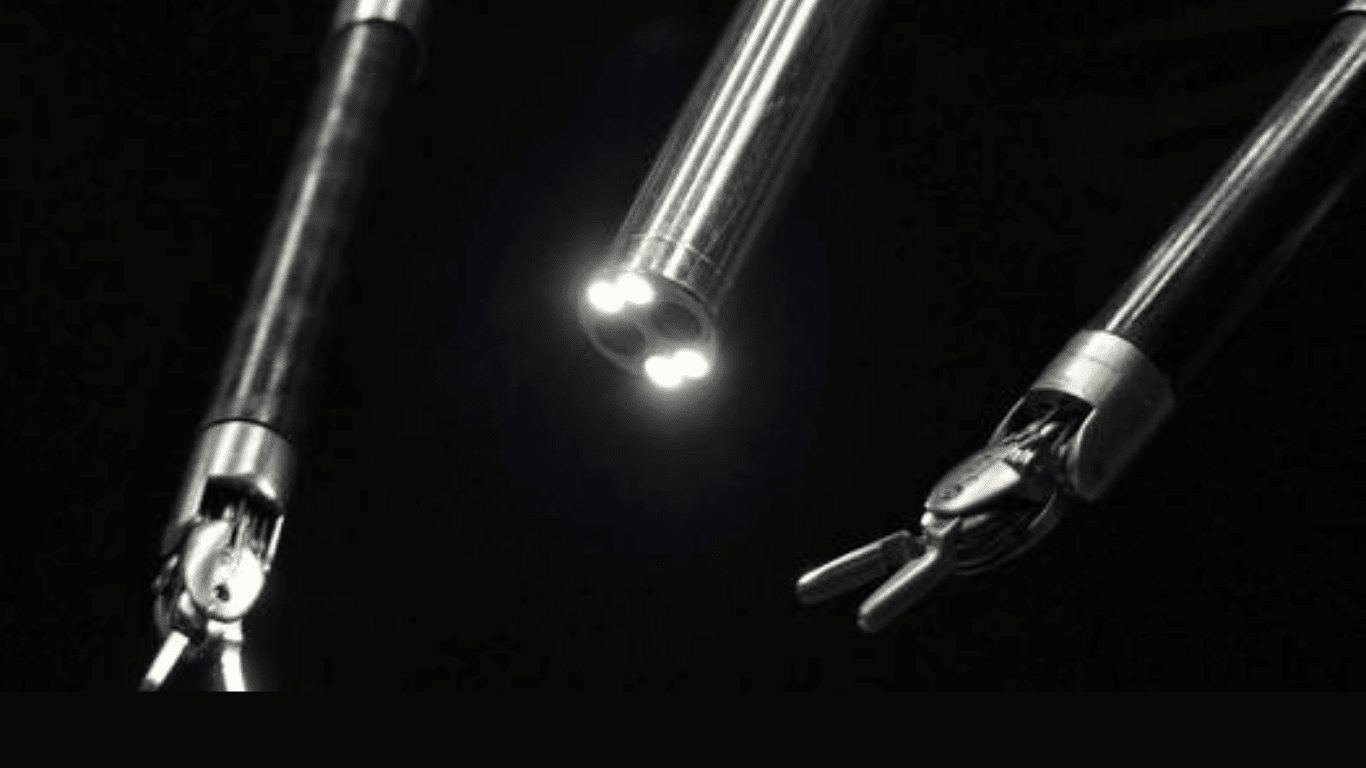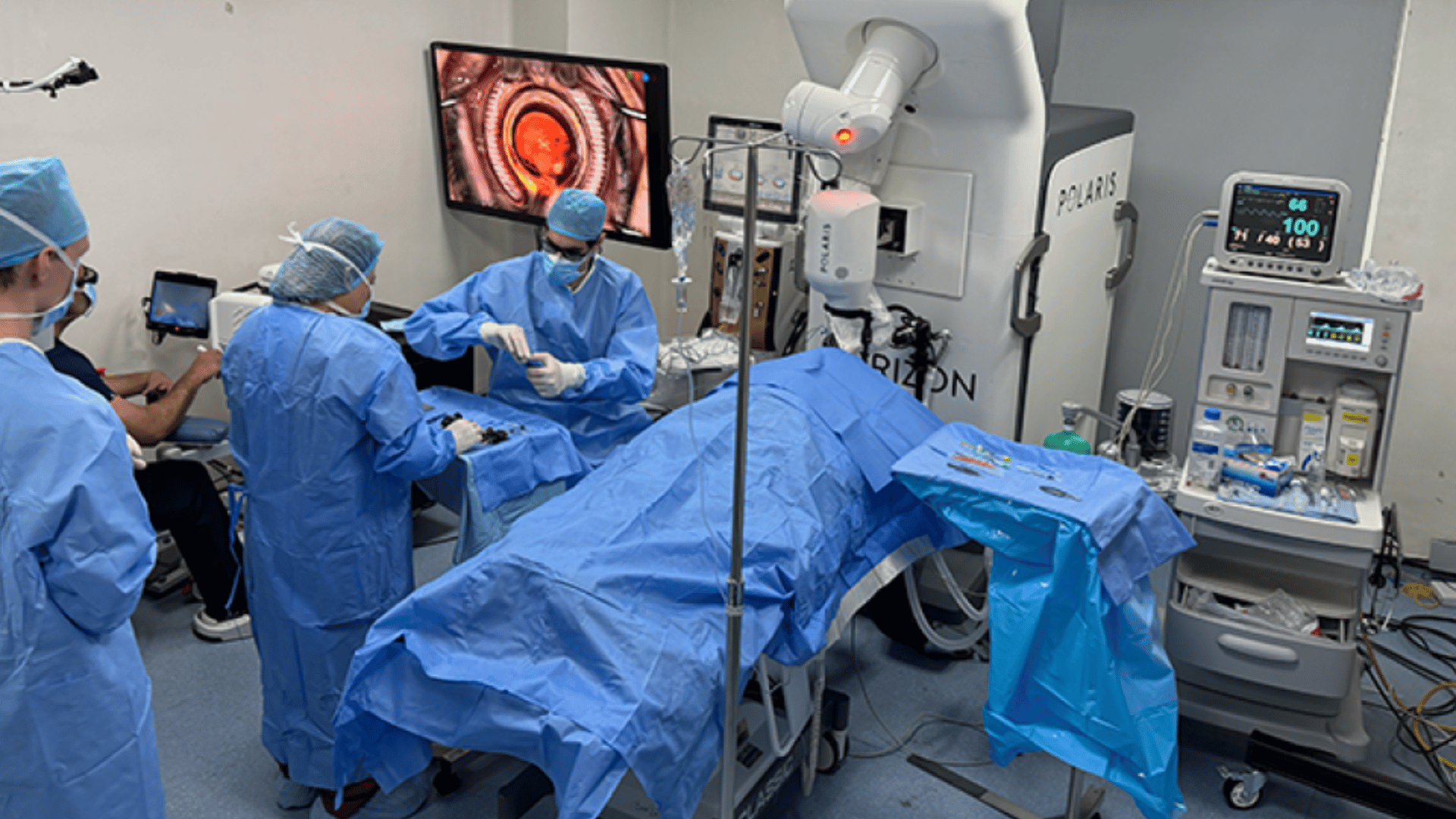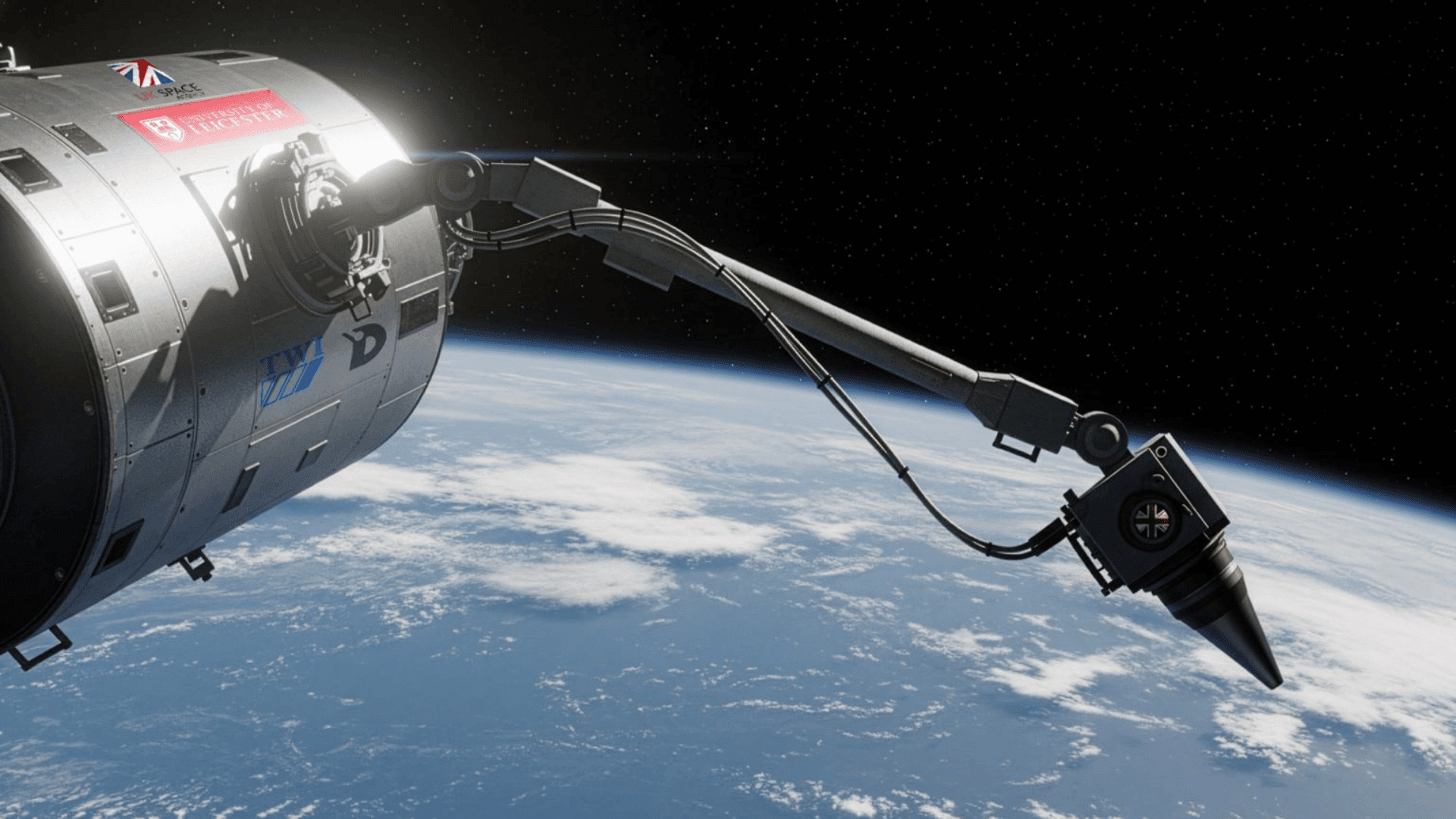Autonomous surgical robots are enhancing medical technology and innovation. The latest development is Johns Hopkins University’s new surgical robot, which successfully removed a gallbladder without human help. Researchers call the advanced robot the Hierarchical Surgical Robot Transformer (SRT-H).
Advancing Robotic Surgery

While the researchers took an incredible step in robotic surgery, it’s important to note that the robot performed the removal on a “lifelike patient.” According to the researchers, the robot showed proficient adaptability and responsiveness. They say it learned from voice commands during the operation.
Researchers say the advancement moves beyond robots that execute pre-programmed tasks. Medical roboticist Axel Krieger said, “This advancement moves us from robots that can execute specific surgical tasks to robots that truly understand surgical procedures.”
Additionally, surgeons say, it brings autonomous surgery closer to practical use in unpredictable patient care. The team published their findings in Science Robotics.
In 2022, Krieger’s Smart Tissue Autonomous Robot (STAR) performed the first autonomous robotic surgery on a live animal. However, they say it required marked tissue and a rigid plan. The SRT-H reportedly operates with “remarkable intelligence.” Krieger explained that SMART was “like teaching a robot to drive along a carefully mapped route.” The new system, he says, “is like teaching a robot to navigate any road, in any condition, responding intelligently to whatever it encounters.”
SRT-H is built on the same machine learning architecture as ChatGPT. It reportedly adapts to individual anatomical features, makes split-second decisions, and self-corrects. In addition, it’s interactive, responds to spoken commands, and learns from corrections.
Lead author Ji Woong “Brian” Kim said, “Our work shows that AI models can be made reliable enough for surgical autonomy—something that once felt far-off but is now demonstrably viable.”
Autonomously Accurate
Surgeons say that gallbladder removal is more complex than previous tasks performed by robots. It’s a minutes-long sequence of 17 tasks. The press release states, “The robot had to identify certain ducts and arteries and grab them precisely, strategically place clips, and sever parts with scissors.”
SRT-H reportedly learned each intricate step by “watching” videos of Johns Hopkins surgeons operating on pig cadavers. Additionally, surgeons say the robot performed the surgery with 100% accuracy.
Despite the robotic surgery taking longer than if an expert human performed the surgery, the results were comparable. Johns Hopkins surgeon Jeff Jopling added, “Just as surgical residents often master different parts of an operation at different rates, this work illustrates the promise of developing autonomous robotic systems in a similarly modular and progressive manner.”
The team plans to expand the system’s capabilities. They hope to achieve autonomous surgeries and train it to perform additional procedures.







